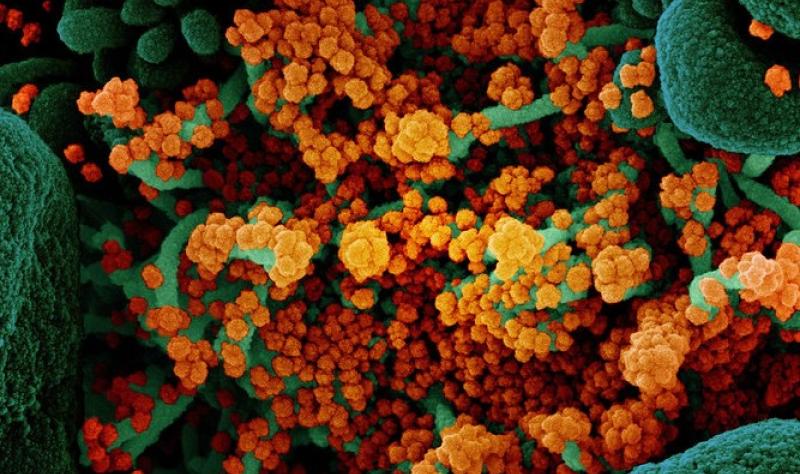

At Boston University (BU), which mandated COVID-19 vaccination and face coverings for students, faculty, and staff in fall 2021, only nine cases of SARS-CoV-2 transmission were identified among more than 140,000 full-occupancy, in-person class meetings. None were confirmed to be the result of in-class transmission.
The findings were published late last week in JAMA Network Open.
Genomic sequencing used to identify linkages
In the study, BU researchers used weekly COVID-19 surveillance test results, contact tracing, class attendance records, and whole-genome sequencing to analyze infections among all 33,000 students, who lived on or off campus, from Sep 1 to Dec 1, 2021, a period dominated by the SARS-CoV-2 Delta variant.
Possible in-class viral transmission was considered after two or more positive polymerase chain reaction (PCR) COVID-19 tests from students or faculty in the same class who did not identify each other as close contacts outside the classroom. Exposures outside the classroom included those at social gatherings, dining halls, study groups, and athletic activities.
When cases of potential in-class spread were identified, the researchers assessed the genetic relationship of SARS-CoV-2 material isolated from infected students to identify those that were likely part of a linked transmission event. The team successfully sequenced the genomes of 96.4% of samples.
In a BU news release, corresponding author John Connor, PhD, explained that in linked SARS-CoV-2 transmission events, samples from the people involved have the same viral genome. “If there was not in-class transmission then the two people would have genomes that are genetically different,” he said. “It turned out that none of the nine potential in-class transmission events was real.”
Instead, the authors wrote, “The overwhelming majority of cases identified likely onto-campus (genome sequences not before identified on campus) transmission events associated with living arrangements (eg, roommates), socialization, or extended contact-time events.”
Possible cases accounted for 0.0045 of all classes
Of the more than 600,000 PCR COVID-19 tests performed for students and faculty during the semester due to symptoms or exposures, 896 (0.1%) were positive. Another 850 infections were identified through weekly surveillance testing.
Among more than 140,000 in-person class events and a population of 33,000 undergraduate and graduate students, only 9 cases of potential in-class transmission were identified, accounting for 0.0045% of all class sessions.
“These instances of potential classroom transmission did not involve more than 3 potential linked individuals and were not clustered in time,” the researchers wrote. “They were not associated with any individual class or individual attendance pattern.”
On campus, the 7-day rolling average of positive tests ranged from 4 to 27 daily cases, with a large spike at the end of November. Community transmission was high over the study period, with 7-day rolling case averages of 374 to 1,346 daily cases and infections also spiking in late November.
‘An effective model’
BU was fully open and required completion of a COVID-19 vaccination regimen, isolation of infected students, enhanced air filtration, and use of face coverings indoors—but not physical distancing—during that time. Vaccination rates for faculty, staff, and students were 98.5%, 93.5%, and 98.7%, respectively. Average class size was 31 students.
All campus buildings were inspected and received upgraded filtration, if needed, and fresh-air exchanges were increased. Faculty could remove their face covering while lecturing if they stayed more than 6 feet away from students and were surveillance-tested for COVID-19 at least twice weekly.
Amid ongoing efforts to mitigate the spread of SARS-CoV-2 among students, faculty, and staff, “an effective model for overall disease transmission safety in the classroom setting is necessary,” the authors wrote.
“Our data support the hypothesis that a combination of SARS-CoV-2 vaccination and risk mitigation measures including indoor masking, regular surveillance testing, and enhanced air filtration can be highly effective at limiting disease spread within a large university academic environment to the extent that classroom transmission risk is negligible.”


